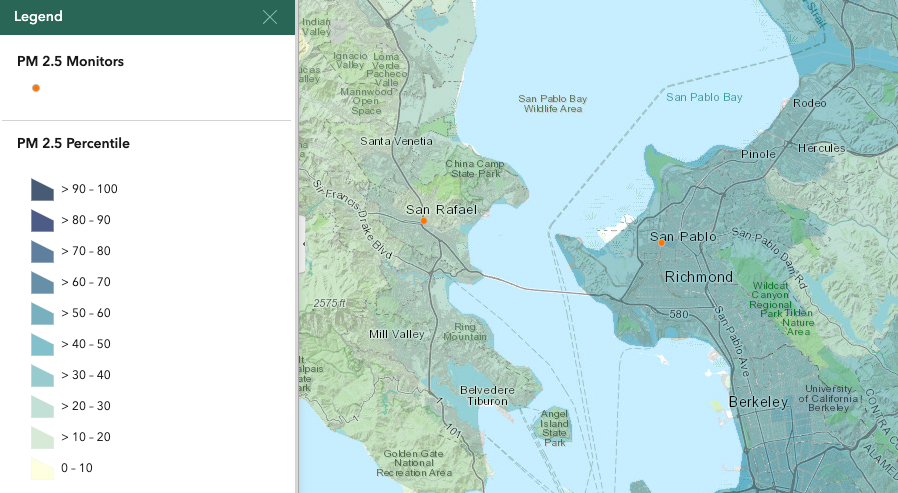History of Groundwork Richmond:
Founded in 2010, Groundwork Richmond is the twentieth “local trust” affiliate of Groundwork USA.
Groundwork Richmond is a part of a larger network of local Groundwork organizations, referred to as "trusts", that make up Groundwork USA. The network is founded on the concept of independence. Each trust is locally organized and controlled to address the needs of the community in which it operates. Each trust strives to share the knowledge and expertise gained locally in order to achieve the mission of the national organization. We adopt the mission of Groundwork USA for the benefit of the Richmond community.
Groundwork Richmond is a part of a larger network of local Groundwork organizations, referred to as "trusts", that make up Groundwork USA. The network is founded on the concept of independence. Each trust is locally organized and controlled to address the needs of the community in which it operates. Each trust strives to share the knowledge and expertise gained locally in order to achieve the mission of the national organization. We adopt the mission of Groundwork USA for the benefit of the Richmond community.
Why Richmond?
|
Richmond is located at the epicenter of numerous industrial entities including five oil refineries, two major freeways, railroad lines, and ports. As a consequence, it experiences inordinate levels of air pollution, particularly nitrogen dioxide and fine particulate matter (link). These result in some of the worst air quality in the state. According to a study by UCSF, children in Richmond are twice as likely to develop asthma as those in neighboring cities, and within neighborhoods with a minimal urban canopy, detrimental impacts on physical and mental health are numerous, as discussed in this article on urban tree canopies. The average existing tree canopy coverage within Richmond is currently 12.7 percent, which is significantly below the recommended urban tree canopy coverage targets of 25 percent to 35 percent for cities in the Southwest and dry West.
By focusing on increasing the urban canopy it addresses residential concerns around air quality through a decrease in greenhouse gas emissions, as well as general quality of life having access to safe green spaces. Due to systemic and historic racist practices aimed at marginalized communities, certain neighborhoods in Richmond did not receive the same levels of investment in green infrastructure over time as others. By planting more trees in marginalized communities in Richmond, residents will have easier access to green spaces, cooler sidewalks and spaces due to a reduction of the urban heat island effect. |
The map above from CalEnviron shows how impacted by asthma Richmond residents are in comparison to affluent cities, such as San Rafael.
The map above from CalEnviron shows the concentration of particulate matter in Richmond in comparison to San Rafael.
|

